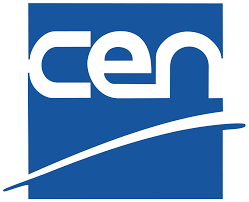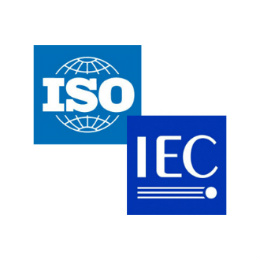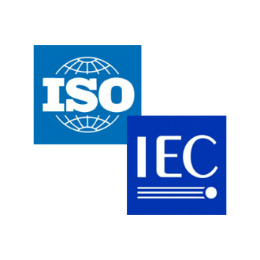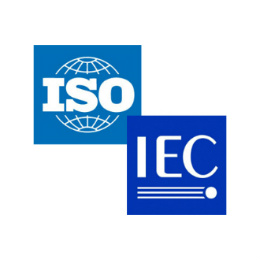Guidelines for cybersecurity
This International Standard provides guidance for improving the state of Cybersecurity.
It provides:
— an overview of Cybersecurity,
— an explanation of the relationship between Cybersecurity and other types of security (information, network, and internet security)
— a definition of stakeholders and a description of their roles in Cybersecurity.
— guidance for addressing common Cybersecurity issues.
— a framework to enable stakeholders to collaborate on resolving Cybersecurity issues.











